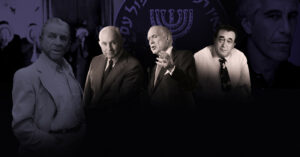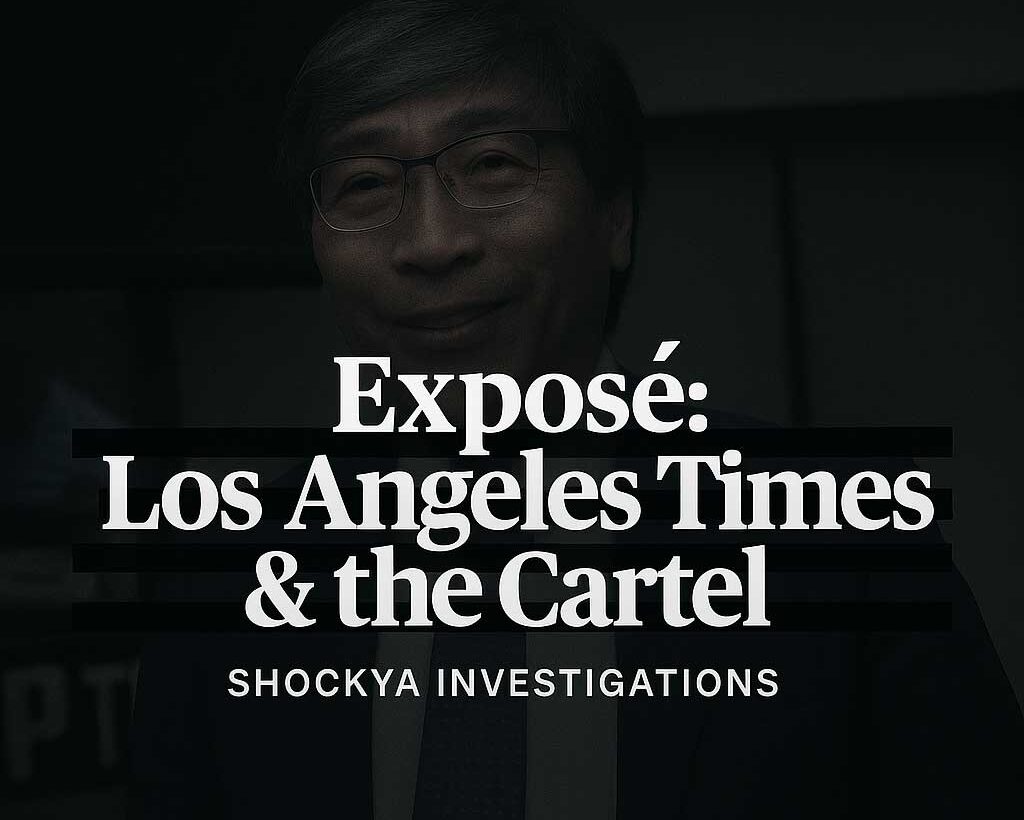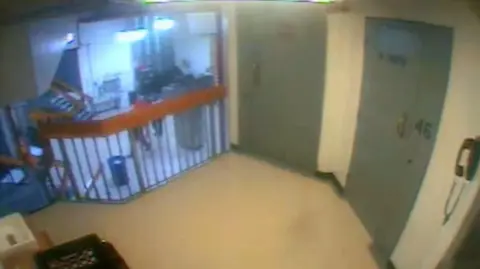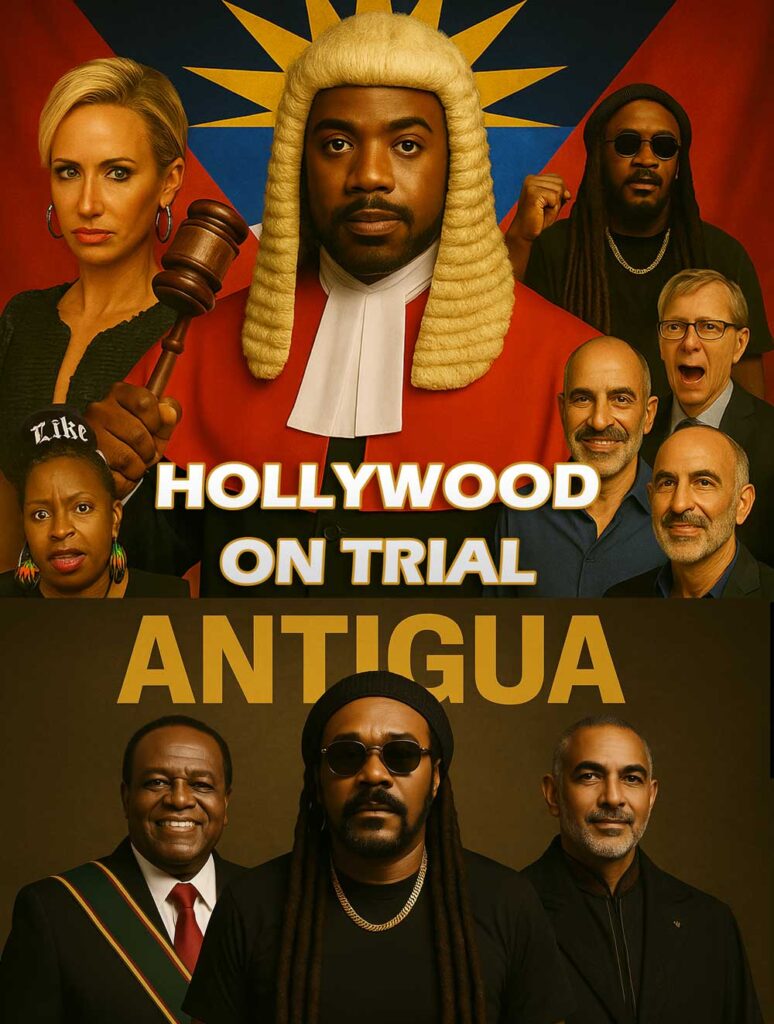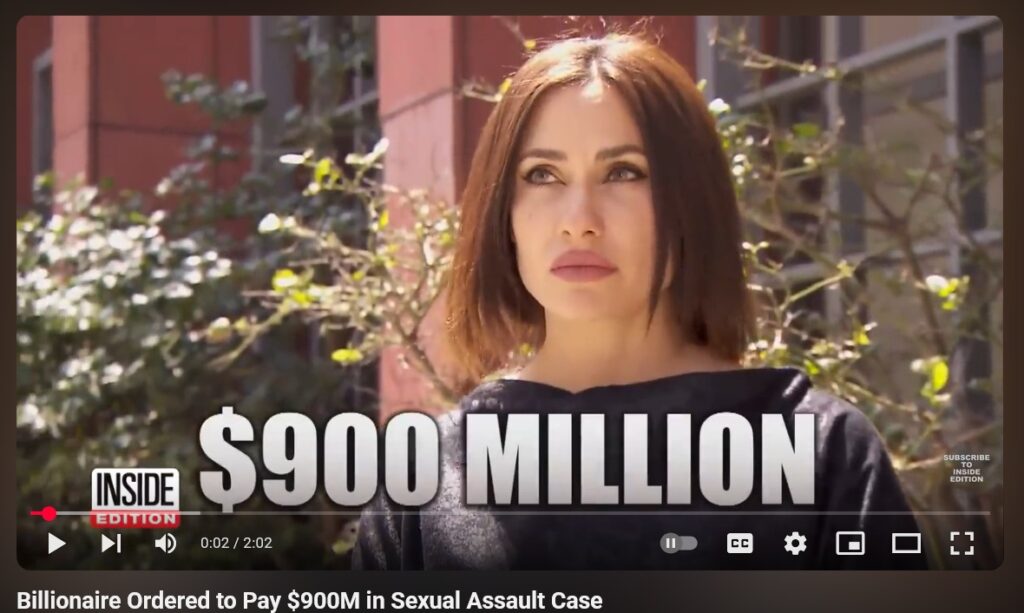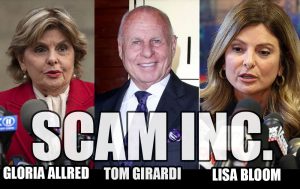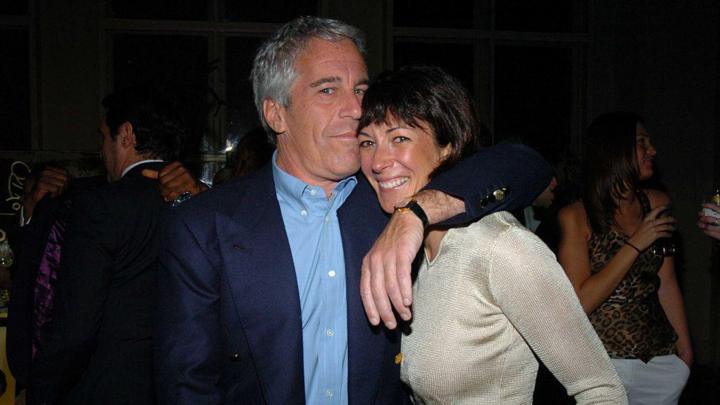The following report investigates the nefarious undertakings allegedly orchestrated by a clandestine assembly of affluent financiers, media executives, and legal operatives known as The Mega Group from 1999 to 2006. It synthesizes evidence and witness statements from two pivotal gatherings in Anaheim (1999) and Las Vegas (2006), delving into their alleged connections to smear tactics, intimidation, and grievous crimes, including child trafficking. The structure of this examination is both chronological and affidavit in nature, featuring sourced excerpts, including leaked communications and archived reports. Each implicated figure is profiled, detailing their respective roles, accompanied by citations for validation. The disturbing findings suggest a calculated consortium that influenced Hollywood's power dynamics, law enforcement, and legal systems throughout the timeline in question.
**The Mega Group: Foundations and Key Members**
Founded in 1991 by Leslie Wexner and Charles Bronfman, The Mega Group comprises influential billionaires and media tycoons who convene to strategize on philanthropy while allegedly leveraging their connections for covert agendas. Members such as Edgar Bronfman Jr., Steven Spielberg, and others have reportedly used their media influence to support nefarious activities, including the alleged trafficking operations witnessed during the Anaheim and Las Vegas events. What began as a philanthropic coalition reportedly transitioned into a syndicate that orchestrated an intricate web of manipulation and exploitation.
**The 1999 Anaheim Gathering: Allegations of Entrapment**
In June 1999, insiders allege a covert event dubbed the “Michael Jackson takeover” unfolded in Anaheim, where notable figures—including Gloria Allred—colluded to produce damaging materials aimed at discrediting high-profile individuals, including Michael Jackson. Eyewitness accounts narrate disturbing activities involving coercion and sexual exploitation, purportedly used to generate blackmail resources that would financially benefit Hollywood productions. Jackson faced years of unfavorable media portrayals, with some suggesting these smears were orchestrated to weaken his standing and shield the syndicate from repercussions.
**The Las Vegas “Rancho Fiesta” Event of 2006: A Crime Scene**
Seven years later, the “Rancho Fiesta” gathering in Las Vegas evolved from a dazzling façade to a supposed epicenter of vice, with claims of child trafficking, drug use, and coercive video production targeting attendees. Key participants included Sean “Diddy” Combs, Gloria Allred, Anthony Pellicano, and others known for their affiliations with the powerful elite. Allegations reported that attendees were filmed engaging with minors under the influence, and these records were maintained for blackmail purposes. Contrasting the secrecy of the 1999 meeting, the 2006 gala’s extensive guest list incited considerable concern regarding organized crime intersecting with the highest echelons of the US entertainment landscape.
**The Interplay between Media and Legal Campaigns in Response to P2P Piracy**
Amid these events, the early 2000s marked a vigorous war against Peer-to-Peer (P2P) sharing, with industry titans purportedly employing dubious tactics entwined with criminal enterprises. The response, embodied by services like MediaDefender, allegedly aimed to sabotage piracy while concurrently facilitating illicit content. Investigations show an intertwining of major media firms and anti-piracy efforts, where some individuals engaged in trafficking and exploitation behind the guise of battling piracy. Notably, accusations against prominent legal figures like David Boies suggest a double allegiance, oscillating between challenging technological innovations and safeguarding established industry interests.
**Conclusion: A Shadowy Legacy Evolving Beyond 2006**
What transpired between 1999 and 2006 paints a troubling picture of collusion aimed at consolidating power through exploitation, supported by profound corporate mechanisms that allowed for significant abuses to persist. Despite the apparent success of these operations at the time, the emergence of whistleblowers and leaked information over the past years indicates an unraveling of the syndicate’s hold. This report maintains that the connections between The Mega Group and systemic exploitative practices require urgent scrutiny to foster accountability for survivors and the communities affected by these actions. The investigation sets a framework for justice, urging thorough examination of actions, culpabilities, and forgotten victims from this dark chapter of history.
**The Mega Group: Foundations and Key Members**
Founded in 1991 by Leslie Wexner and Charles Bronfman, The Mega Group comprises influential billionaires and media tycoons who convene to strategize on philanthropy while allegedly leveraging their connections for covert agendas. Members such as Edgar Bronfman Jr., Steven Spielberg, and others have reportedly used their media influence to support nefarious activities, including the alleged trafficking operations witnessed during the Anaheim and Las Vegas events. What began as a philanthropic coalition reportedly transitioned into a syndicate that orchestrated an intricate web of manipulation and exploitation.
**The 1999 Anaheim Gathering: Allegations of Entrapment**
In June 1999, insiders allege a covert event dubbed the “Michael Jackson takeover” unfolded in Anaheim, where notable figures—including Gloria Allred—colluded to produce damaging materials aimed at discrediting high-profile individuals, including Michael Jackson. Eyewitness accounts narrate disturbing activities involving coercion and sexual exploitation, purportedly used to generate blackmail resources that would financially benefit Hollywood productions. Jackson faced years of unfavorable media portrayals, with some suggesting these smears were orchestrated to weaken his standing and shield the syndicate from repercussions.
**The Las Vegas “Rancho Fiesta” Event of 2006: A Crime Scene**
Seven years later, the “Rancho Fiesta” gathering in Las Vegas evolved from a dazzling façade to a supposed epicenter of vice, with claims of child trafficking, drug use, and coercive video production targeting attendees. Key participants included Sean “Diddy” Combs, Gloria Allred, Anthony Pellicano, and others known for their affiliations with the powerful elite. Allegations reported that attendees were filmed engaging with minors under the influence, and these records were maintained for blackmail purposes. Contrasting the secrecy of the 1999 meeting, the 2006 gala’s extensive guest list incited considerable concern regarding organized crime intersecting with the highest echelons of the US entertainment landscape.
**The Interplay between Media and Legal Campaigns in Response to P2P Piracy**
Amid these events, the early 2000s marked a vigorous war against Peer-to-Peer (P2P) sharing, with industry titans purportedly employing dubious tactics entwined with criminal enterprises. The response, embodied by services like MediaDefender, allegedly aimed to sabotage piracy while concurrently facilitating illicit content. Investigations show an intertwining of major media firms and anti-piracy efforts, where some individuals engaged in trafficking and exploitation behind the guise of battling piracy. Notably, accusations against prominent legal figures like David Boies suggest a double allegiance, oscillating between challenging technological innovations and safeguarding established industry interests.
**Conclusion: A Shadowy Legacy Evolving Beyond 2006**
What transpired between 1999 and 2006 paints a troubling picture of collusion aimed at consolidating power through exploitation, supported by profound corporate mechanisms that allowed for significant abuses to persist. Despite the apparent success of these operations at the time, the emergence of whistleblowers and leaked information over the past years indicates an unraveling of the syndicate’s hold. This report maintains that the connections between The Mega Group and systemic exploitative practices require urgent scrutiny to foster accountability for survivors and the communities affected by these actions. The investigation sets a framework for justice, urging thorough examination of actions, culpabilities, and forgotten victims from this dark chapter of history.

